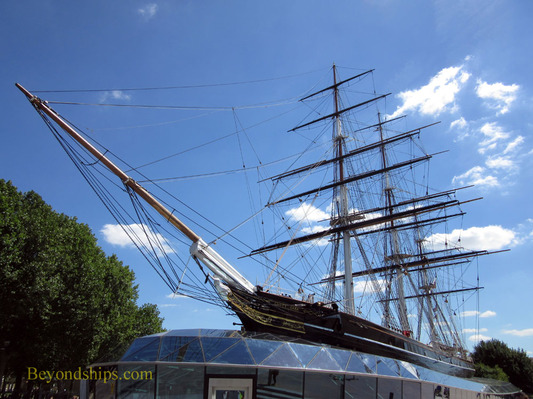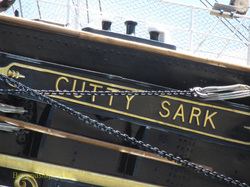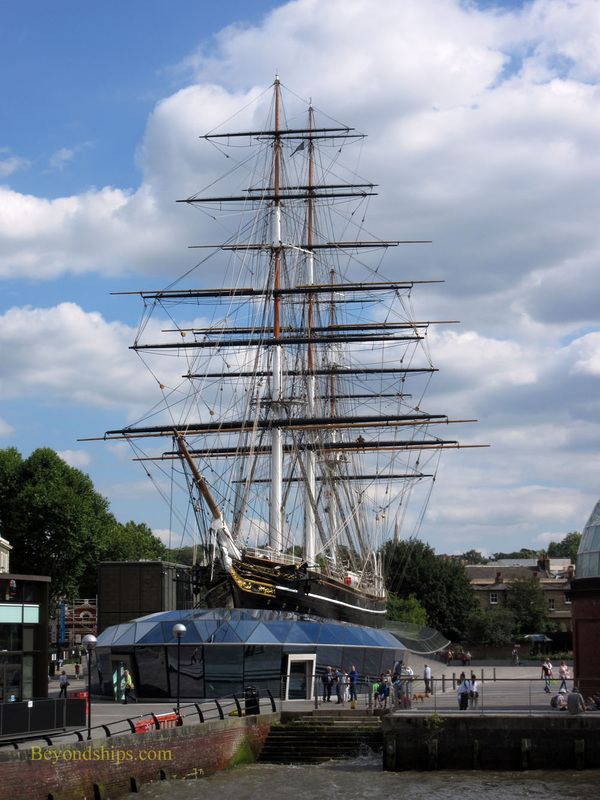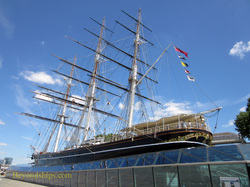|
Cruising to England
VISITING CUTTY SARK by Richard H. Wagner page two |
Page One................ Introduction and Basic Statistics
Page Two............... The Cutty Sark Story Page Three..............Exploring Cutty Sark |
The Cutty Sark Story
Cruise destination - England - Visiting Cutty Sark - page two



